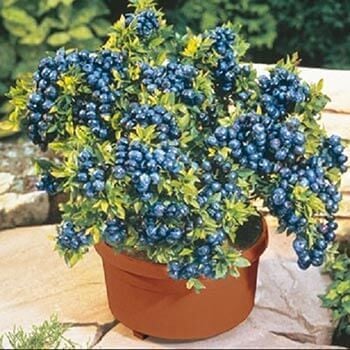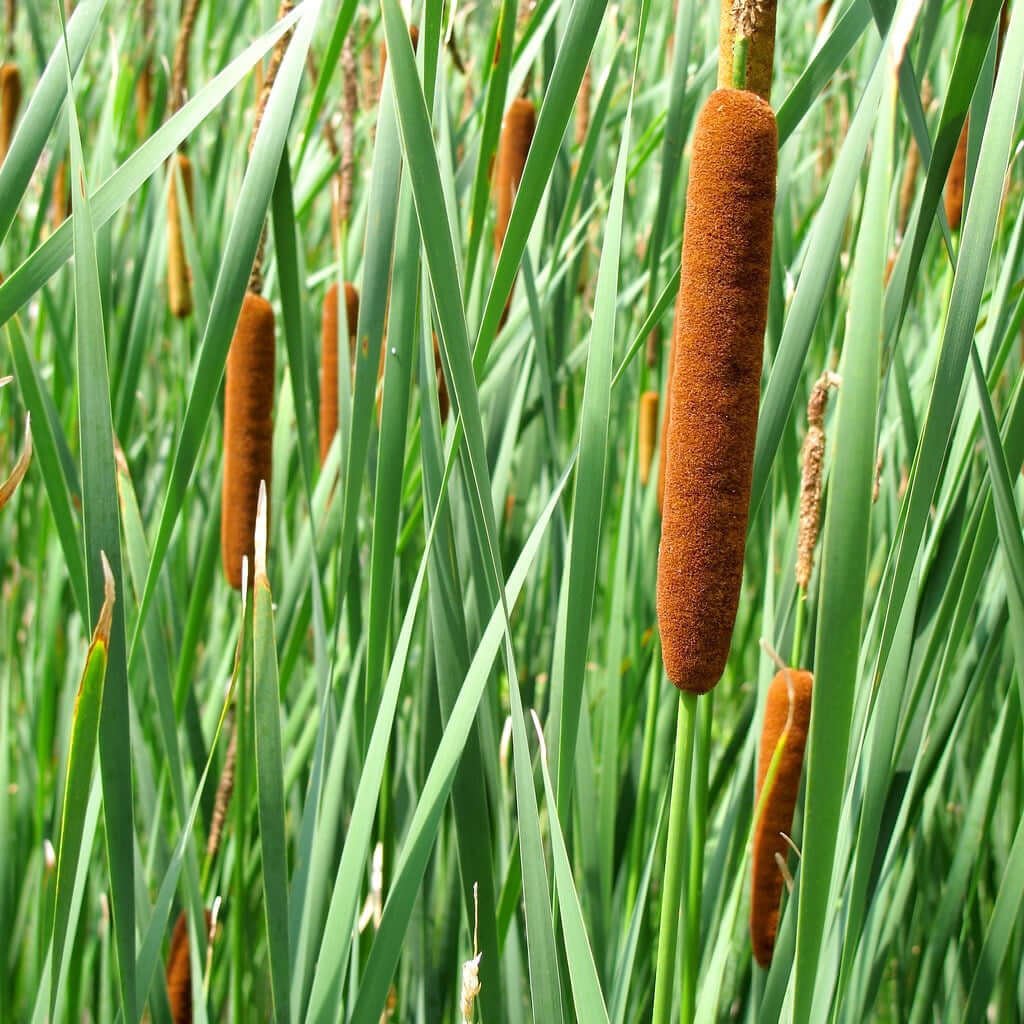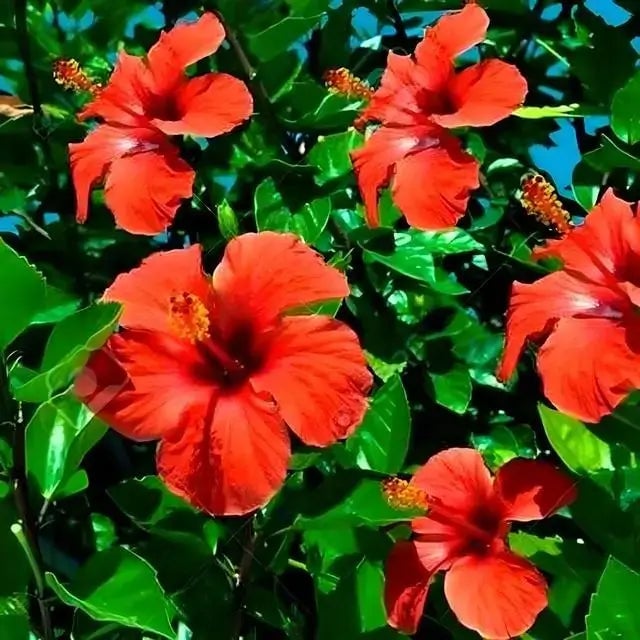How Backyard Plants Provide Perfect Landscaping for Wildlife
Charles Darwin once said, "Nothing exists for itself alone, but only about other forms of life."
"Most people don't realize that even the tiniest backyard can be turned into a wildlife habitat" states Dennis Sons from TN Nursery, A mail-order nursery shipper in Tennessee.
With the proper arrangement of vegetation, one can attract beautiful creatures to residential landscaping. Excellent, common plants like cattails and ferns are just a couple that appeals to nature's most refined.
If one grows blueberry bushes in the backyard, one can expect a little zoo of wildlife to pay a visit. Deer, squirrels, blue jays, mice, and many other animals adore the delicious tart blueberry fruit, along with the twigs and foliage from the bush. Black bears are also crazy about blueberry bushes and travel for several miles to get to a favorite blueberry patch.
Start your backyard habitat today.
By building a backyard habitat, one is helping to restore a small piece of the ecosystem. Nature's creatures are often forgotten as urban sprawl takes over, squeezing animals out of their homes. When natural disasters strike, such as hurricanes, fires, and flooding, animals can also lose shelter, food, and water sources.
Getting children involved in building a backyard habitat only increases respect and love of nature. Watching squirrels scamper to play in the bushes, butterflies flirting with the snapdragon and honeysuckle plants, or delicate hummingbirds hovering over the dahlias and petunias are all welcome sights of nature.
To attract these busy creatures, one can landscape for wildlife with the right backyard plants. For example, the tiny hummingbird enjoys dining on nectar-rich vegetation. Shrubs such as the azalea and rose of Sharon are lovely to grow in the yard, along with bleeding hearts, columbine, fuchsia, and petunia flowers of all colors.
Cattails are found at the edge of wetlands. One is lucky to have a backyard that borders this rich wildlife food source. A cattail is best described as a corn dog on a stem and several creatures like the vegetation for several reasons. Muskrats and certain fish will munch on the shoreline reed. Ducks and geese will build nests, and certain songbirds like to take the fluff from the flowers to line their nests.
One doesn't have to live high in the mountains and deep in the forest to see signs of wildlife roaming or flying about. Every backyard is a habitat and key piece of the ecosystem. Even a simple group of ferns make an excellent addition to the menu.
https://www.tnnursery.net
Buy your backyard plants today at TN Nursery.
Read more
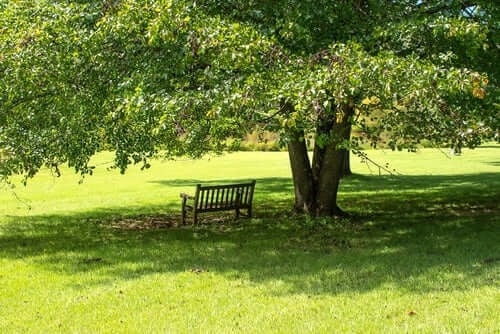
Choosing Trees and Plants For sale That's easy & FunTn Nursery is a #1 rated online nursery for a purpose. We have the best prices, have been in the nursery industry for over 63 years, and have...
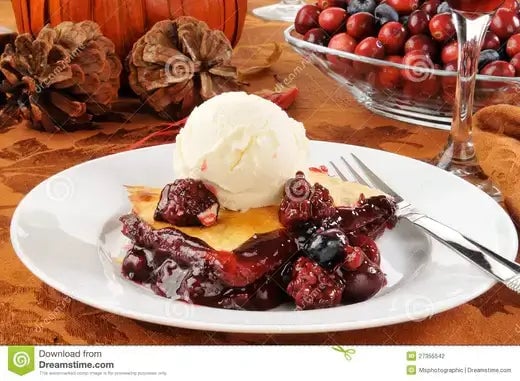
Blackberry Cobbler Blackberries are filled with some vitamins and minerals and provide a delicious treat eaten raw or incorporated into a wide selection of recipes. Blackberries contain vitamins ...


